In the field of medical injection molding, burn marks on products not only compromise quality but may also directly threaten patient safety. Burn marks typically manifest as dark brown scorch marks, localized discoloration, or carbonized particles on the surface of molded parts. The causes can be attributed to three main categories: mechanical failures, mold design defects, and uncontrolled molding parameters. Precise interventions targeting each cause are crucial for improving the yield rate of medical injection molding.
1. Mechanical Failures: The "Invisible Killer" of Resin Degradation
Mechanical system anomalies are the primary cause of burn marks. When temperature control in the barrel malfunctions (e.g., damaged thermocouples or short-circuited heating bands), local temperatures may exceed the resin’s decomposition threshold. For instance, PVC decomposes above 180°C, releasing hydrogen chloride gas and causing yellow-brown scorch marks on the product surface. Additionally, worn screw components or faulty check valve seals can prolong resin retention in the screw channel, leading to thermal degradation. In a medical catheter production case, an aged check valve seal caused melted material to overheat at the screw head, resulting in a 0.5mm-deep carbonized layer on the product tip.
Solutions: Implement a three-tier temperature monitoring system with independent temperature control modules for each barrel zone, supplemented by infrared thermometers for real-time calibration. Establish an annual replacement plan for screw components, focusing on check valve seal integrity. Use low-shear-designed specialized screws to minimize melt retention.
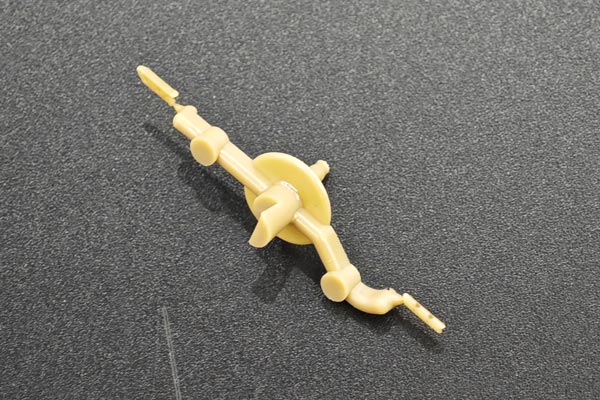
2. Mold Design Defects: The "Bottleneck Effect" of Gas Venting
Poor mold venting design is a common cause of burn marks. When air trapped in the cavity cannot escape through vents during melt filling, it compresses under high pressure, raising temperatures above the resin’s decomposition point. For medical-grade PC, compressed air under 150 MPa pressure can heat up to over 400°C, directly carbonizing the product surface. In a syringe piston production case, vent slots with a depth of only 0.01mm (standard: 0.02–0.03mm) caused continuous scorch marks on the sidewall, which were eliminated after CNC-deepening the vents.
Improvement Strategies: Use mold flow analysis software to simulate gas flow paths and add venting pins in the final filling areas. For precision medical products, design vacuum venting systems to maintain cavity pressure below 50 MPa. Regularly clean vent slots to prevent plastic residue blockages.
3. Uncontrolled Molding Parameters: Crossing the "Process Window"
Improper molding parameter settings can directly trigger burn marks. When backpressure exceeds 300 MPa, the shear stress in the barrel increases, causing molecular chain scission and free radical generation, which initiates chain degradation. In an artificial joint component production case, backpressure set at 350 MPa caused radial scorch marks on the surface, which disappeared after adjustment to 250 MPa. Additionally, excessive injection speeds can transition melt flow from laminar to turbulent, creating a jetting effect that traps air in the melt. Medical-grade PP under injection speeds exceeding 120 mm/s often develops scorched spots in thin-wall regions.
Parameter Optimization: Implement a multi-stage injection speed control curve, using 50 mm/s for initial filling and accelerating to 80 mm/s near cavity completion. Follow a "low-temperature, low-pressure" backpressure principle (≤150 MPa for heat-sensitive materials like PVC). Adopt multi-stage packing to release cavity pressure and avoid residual stress-induced deformation gradually.
Conclusion
Resolving burn mark issues in medical injection molding requires a closed-loop management system integrating prevention, monitoring, and improvement. By adopting intelligent temperature control systems, mold flow analysis software, and inline quality inspection equipment, end-to-end monitoring from raw materials to finished products can be achieved. A medical device manufacturer reduced burn defect rates from 2.3% to 0.15% after implementing these solutions, saving over $1 million annually in rework costs. With the future application of digital twin technology in injection molding, burn mark prediction and prevention will enter a new era of intelligence.
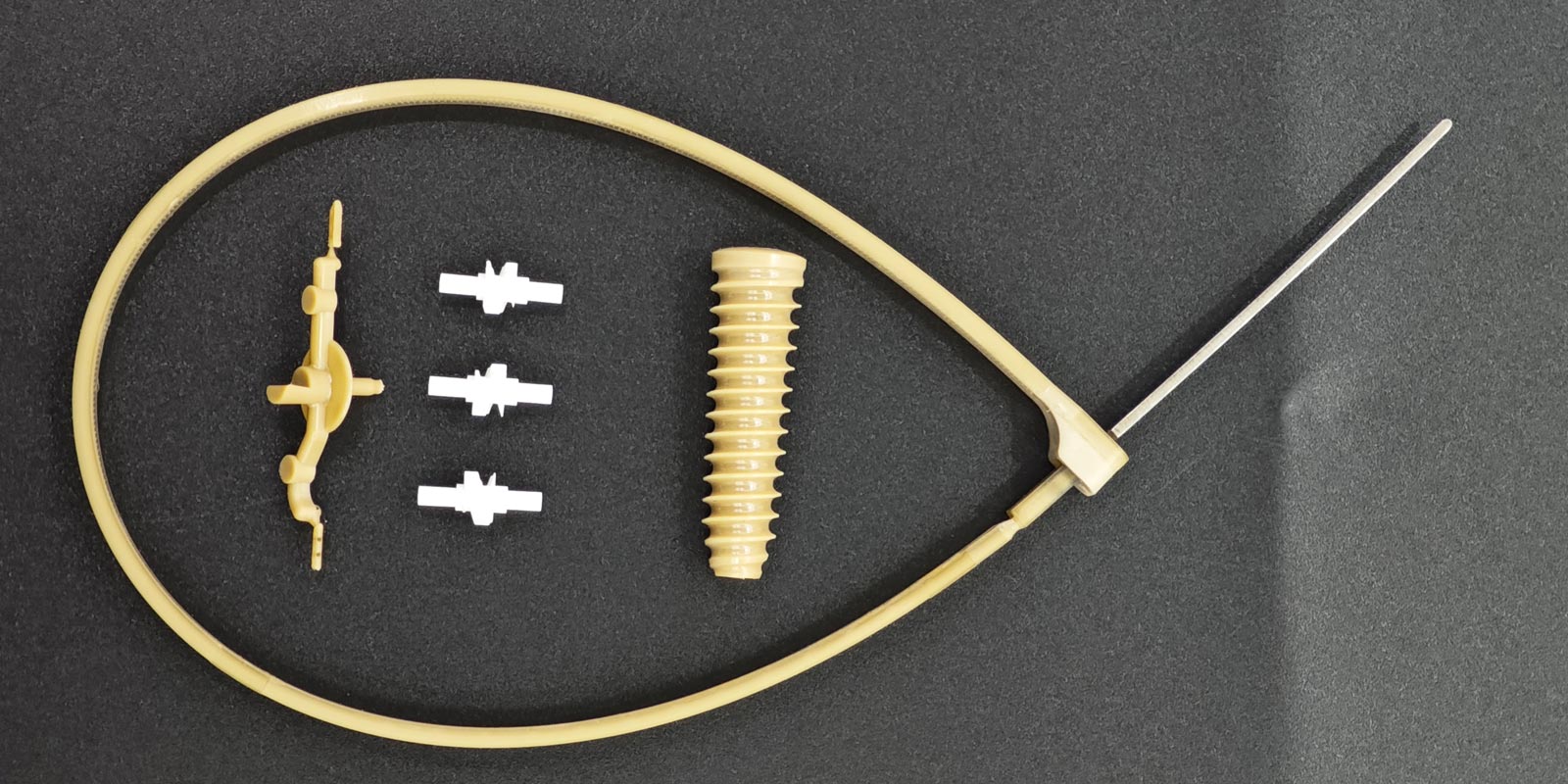
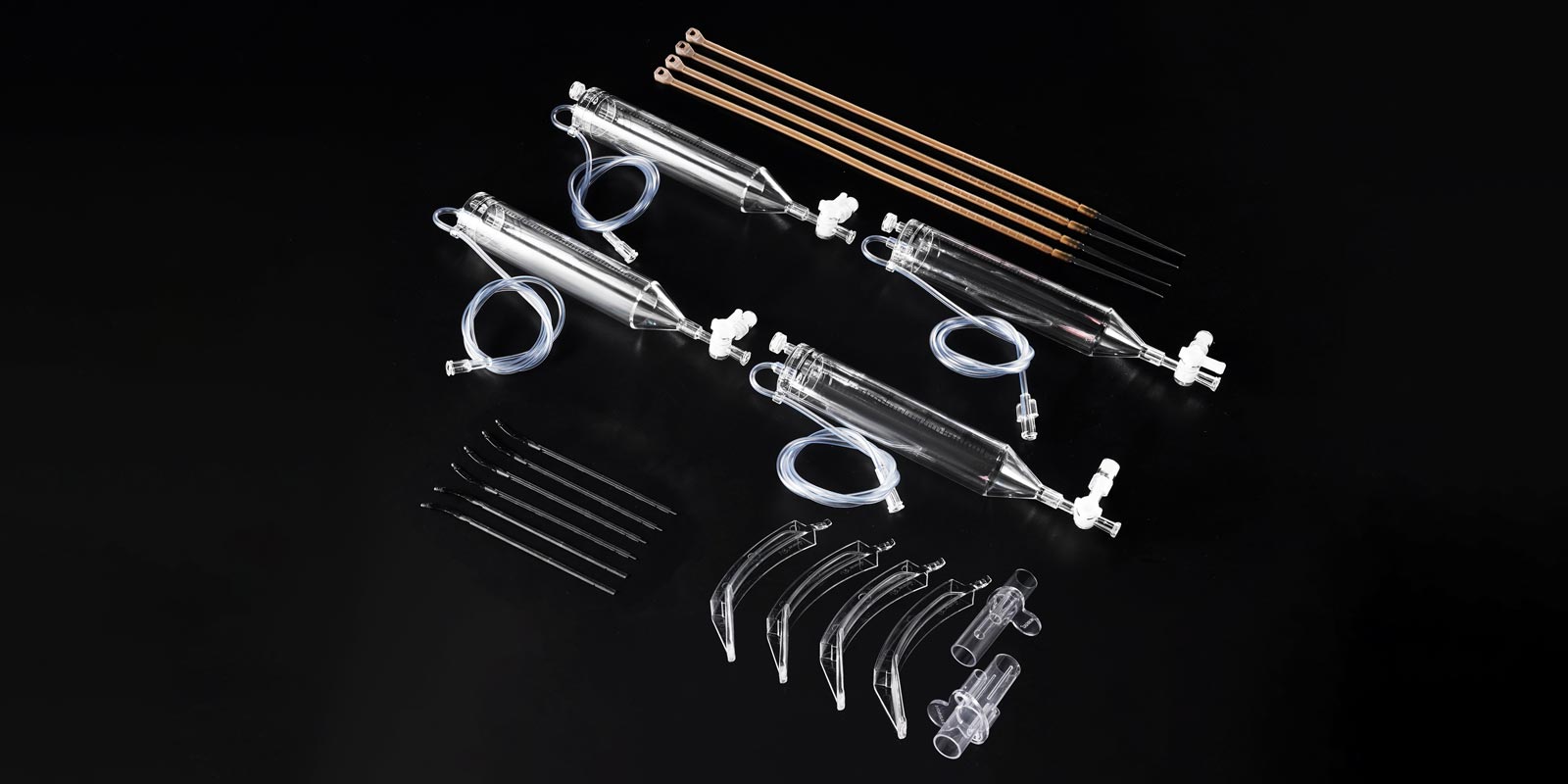

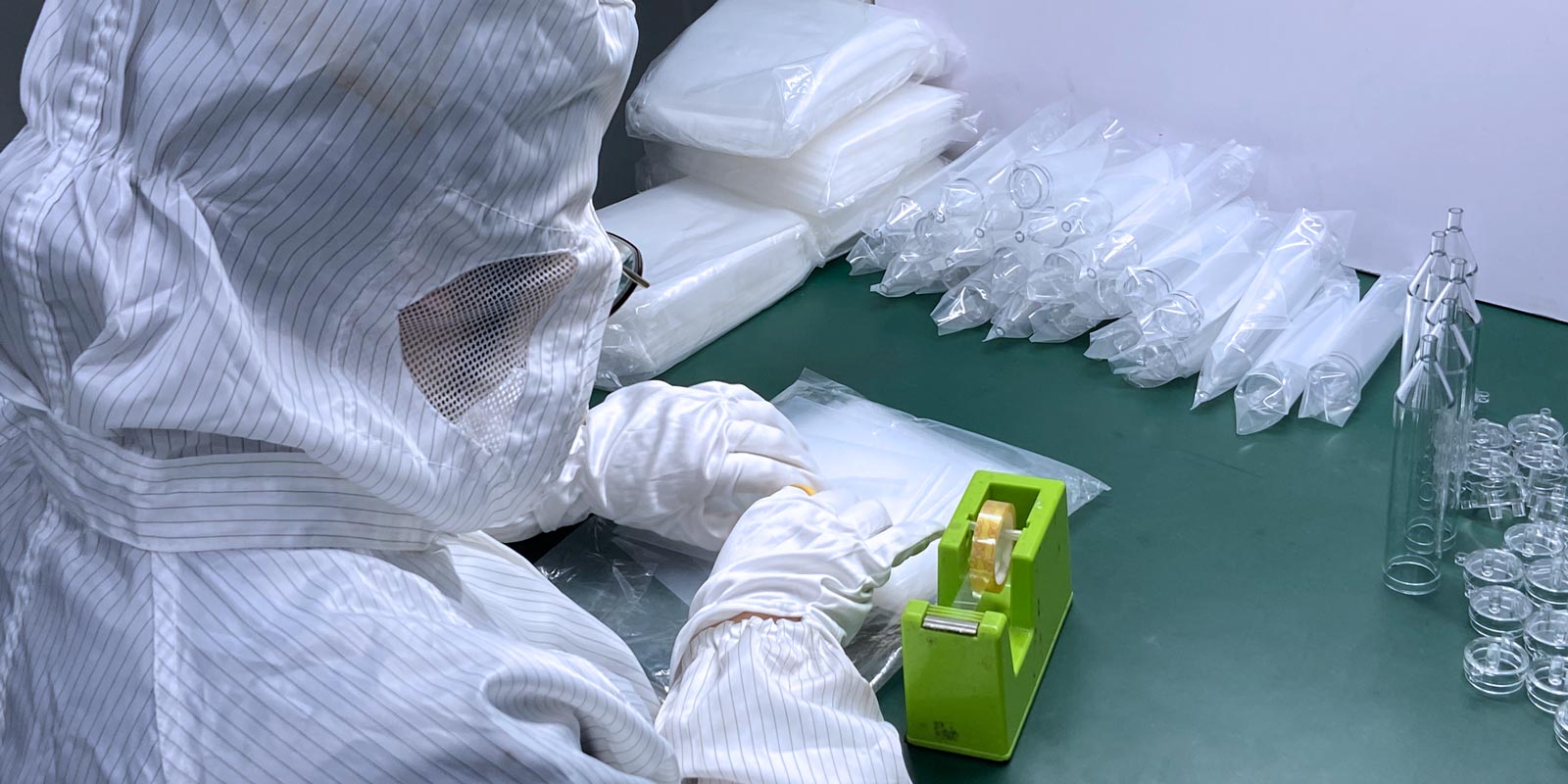
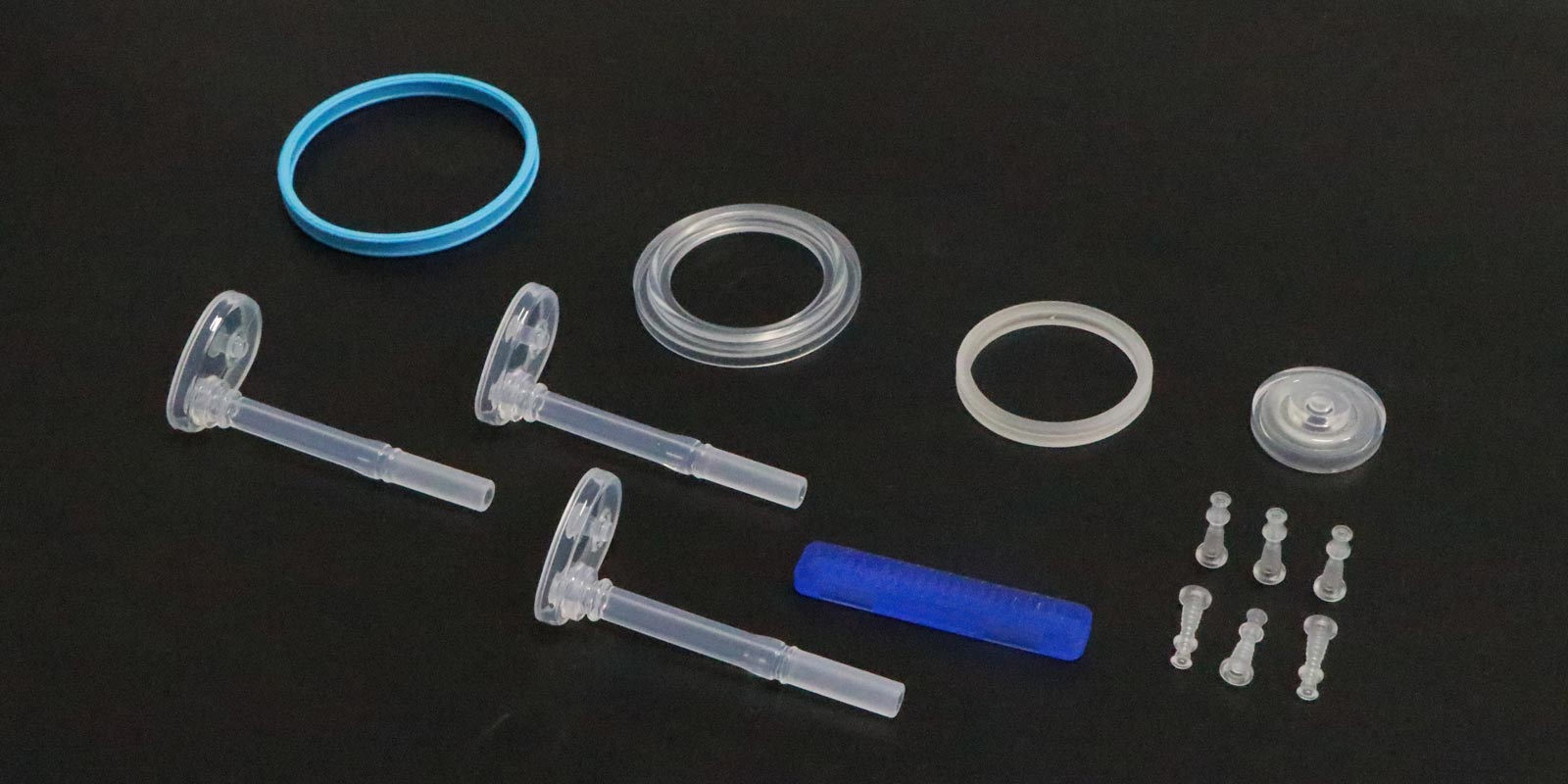
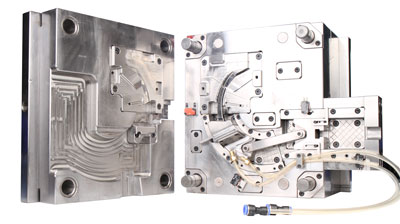
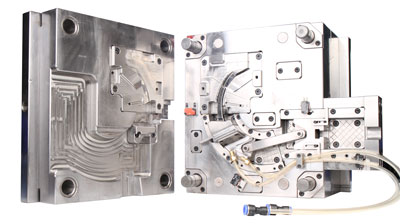
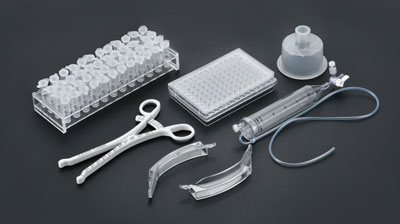
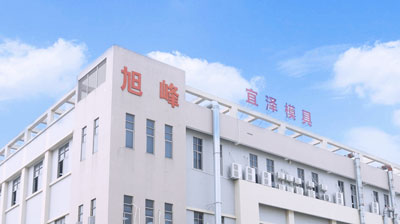







 Home
Home
